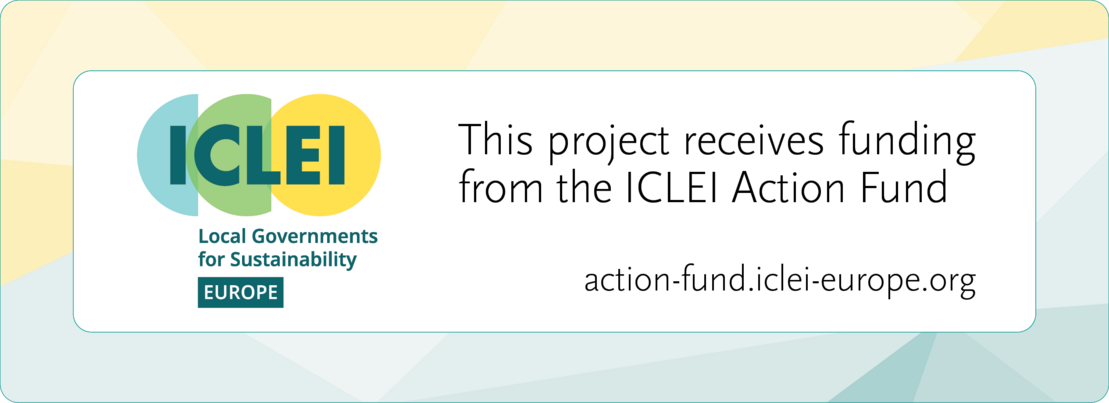Welcome to the Pop-up Republic Manual!

Here we present the results of our "Pop-up Republic: New Mobility Berlin" project. We want to use the manual to collect facts and ideas that will accelerate the mobility transition. Have fun browsing!


Here we present the results of our "Pop-up Republic: New Mobility Berlin" project. We want to use the manual to collect facts and ideas that will accelerate the mobility transition. Have fun browsing!

Cookie Einstellungen
Diese Webseite verwendet Cookies und ähnliche Technologien, um die Bedienung der Webseite zu erleichtern und eine persönlichere Ansprache zu ermöglichen – auch außerhalb unserer Webseiten. Auch können wir so auswerten, wie unsere Nutzer unsere Seiten verwenden, um unsere Seiten so weiterentwickeln zu können. Weitere Informationen finden Sie in unserer Datenschutzerklärung.
Essentiell
Externe Inhalte
Engagement
Statistik
Verwendung von Cookies
Diese Webseite verwendet Cookies und ähnliche Technologien (im Folgenden „Technologien“), die es uns beispielsweise ermöglichen, die Häufigkeit der Besuche auf unseren Internetseiten und die Anzahl der Besucher zu ermitteln, unsere Angebote so zu gestalten, dass sie möglichst bequem und effizient sind, unsere Marketingmaßnahmen zu unterstützen und externe Medien einzubinden. Diese Technologien können Datenübertragungen an Drittanbieter beinhalten, die in Ländern ohne angemessenes Datenschutzniveau (z. B. Vereinigte Staaten ) ansässig sind. Weitere Informationen, auch über die Verarbeitung von Daten durch Drittanbieter und die Möglichkeit, Ihre Einwilligung jederzeit zu widerrufen, finden Sie in Ihren Einstellungen unter „Einstellungen“ und unter folgenden Links: